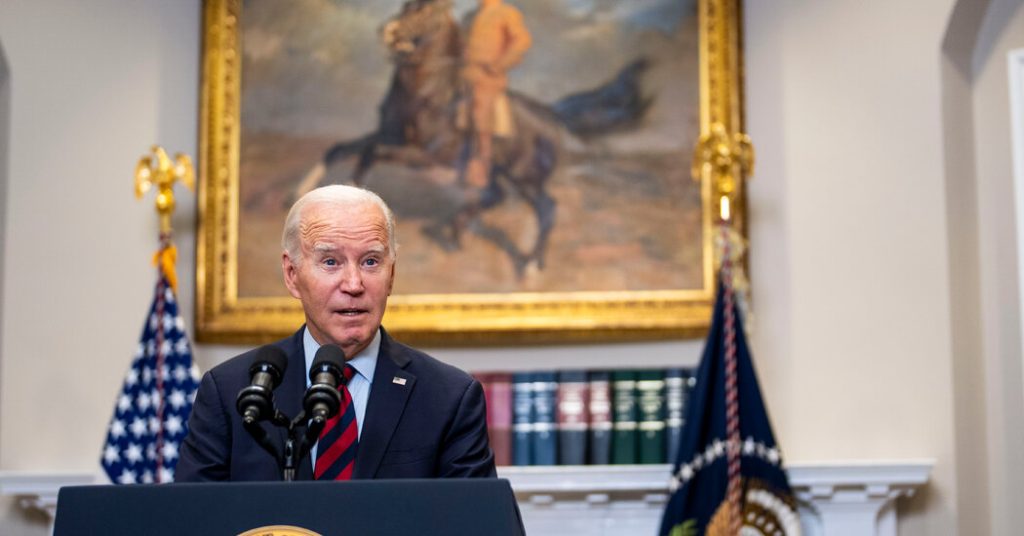President Biden announced a plan to help pay off federal student loans for millions of American borrowers, reducing the amount owed for 25 million borrowers and wiping away the entire amount for over four million Americans. The plan aims to alleviate the burden of student debt, which Mr. Biden highlighted as a barrier to achieving economic stability, particularly for young people. The announcement was made in Madison, Wis., a swing state that symbolizes the president’s promise to improve higher-education affordability.
Despite ongoing legal challenges and opposition from critics who argue the plan is an unfair use of executive authority, the Biden administration is focused on implementing the program, which they believe will benefit borrowers and stimulate the economy. The plan is designed to be more targeted than previous efforts, based on a different legal framework that officials believe will withstand legal challenges. Administration officials highlighted the potential positive impact of the plan on individuals’ financial well-being and ability to contribute to the economy.
Critics of the plan have raised concerns about potential inflation and increased federal debt as a result of the proposed student loan debt relief measures. Some argue that shifting the burden of debt repayment to taxpayers is not a financially sound approach and could lead to negative consequences. However, the administration remains committed to moving forward with the plan and asserts that it will help millions of borrowers achieve financial stability and economic mobility.
The plan targets five groups of people with student loans, providing different levels of relief based on specific criteria. Borrowers whose loan amounts have increased due to interest could have up to $20,000 of that interest waived. Additionally, borrowers with lower incomes may qualify to have all of their interest forgiven. The plan also includes provisions for individuals who attended ineligible colleges, those with financial hardships such as medical debt, and borrowers who have been repaying their loans for extended periods.
Implementation of the plan will involve a public comment period and may face further legal challenges, potentially delaying relief for some borrowers. Despite these obstacles, the administration remains optimistic about the impact of the plan and hopes to garner support from voters, particularly those who were disappointed by previous unsuccessful efforts to address student loan debt. Various administration officials have been promoting the plan in different locations to drum up support and emphasize the administration’s commitment to addressing the issue.
As the administration works to move the plan forward, public opinion on student loan forgiveness continues to be a focal point for many voters, particularly young people. The plan is part of broader efforts to address the financial challenges faced by borrowers and make higher education more accessible and affordable. The administration’s determination to implement the plan underscores its commitment to supporting individuals struggling under the weight of student loan debt and advancing economic opportunity for all Americans.


